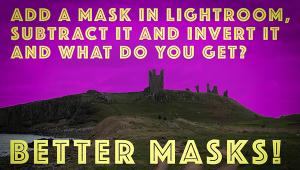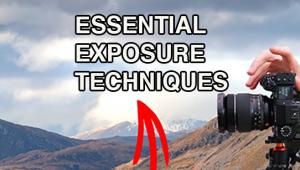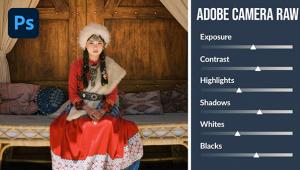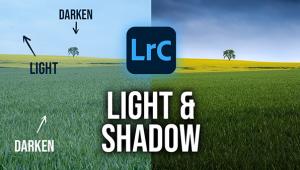How Iconic Photographers Use SHADOWS for Dynamic Imagery (VIDEO)
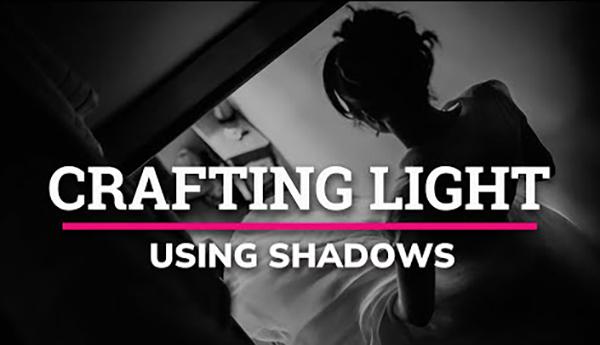
Getting the light right is perhaps the most essential component of all great images, whether they're captured indoor or out. But there's another crucial component that can really add depth and impact to a photo, namely the thoughtful use of shadows.
This tutorial from our friends at the Photographic Eye YouTube channel takes a deep dive into this oft-ignored element that can have profound effect on the images you create by shaping the tone, feel, and structure of a photograph. British pro Alex Kilbee says, "Shadows not only define the esthetic of an image, but they can also enhance colors, create intrigue, and frame your subject in unique ways.
Kilbee take a different approach by illustrating this lesson points with images from several of the world's most iconic shooters rather than his own. He notes that he does so with "fair use" rules that permit limited use of copyrighted material "without explicit permission from the copyright holder."
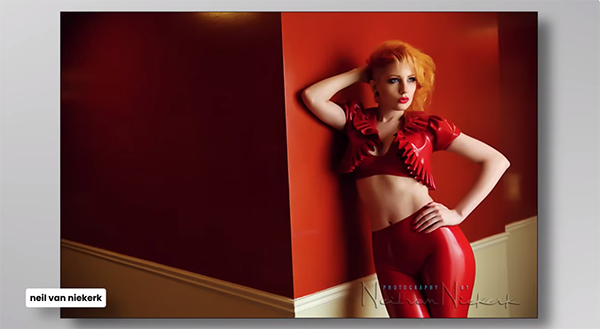
Kilbee curated these amazing photos to illustrate a variety of the tips he reveals in barely 10 minutes. He draws upon the likes of legendary pros like fashion photographer Herb Ritts who sadly passed away last December. While Ritts often used hard angular shadows to define shape and form, you'll also see how other luminaries employ softer and "almost invisible" shadows to create subtle, more subliminal effects.
You can also use the heightened contrast that occurs when including shadows in the frame to create mystery, intrigue, and a wide variety of moods. While watching the video and viewing the astounding imagery it quickly becomes apparent that a thoughtful approach to composition is a key aspect of this technique
Kilbee says one goal of this interesting episode is to help you develop the "art of seeing," and your visual storytelling skills—all the while taking your work to a higher level of artistic expression. We're going to step back and let Kilbee and the images speak for themselves as you learn about this very effective technique.

Let's just say that you'll receive a heavy dose of inspiration as you watch. You can find more eye-opening lessons by paying a visit to the popular Photographic Eye YouTube channel.
And speaking of light (and dark), don't miss the tutorial we posted recently from another accomplished pro who provides several helpful tips for capturing eye-catching images under harsh, bright conditions.
- Log in or register to post comments

